420 & 495 Engines
What's the Difference?
by Alan Buehner
Originally printed in the 2007 issue #36 of Still….Keeping Track
This information was obtained from 1979, 1980, & 1982 KTM engine parts books. In as much that my collection of parts list is fairly complete and organized year by year I am confident that the information in this article is correct even though these are the only parts lists for these engines that I have. The information for this article was obtained by comparing the part numbers used in the 3 engine parts books.
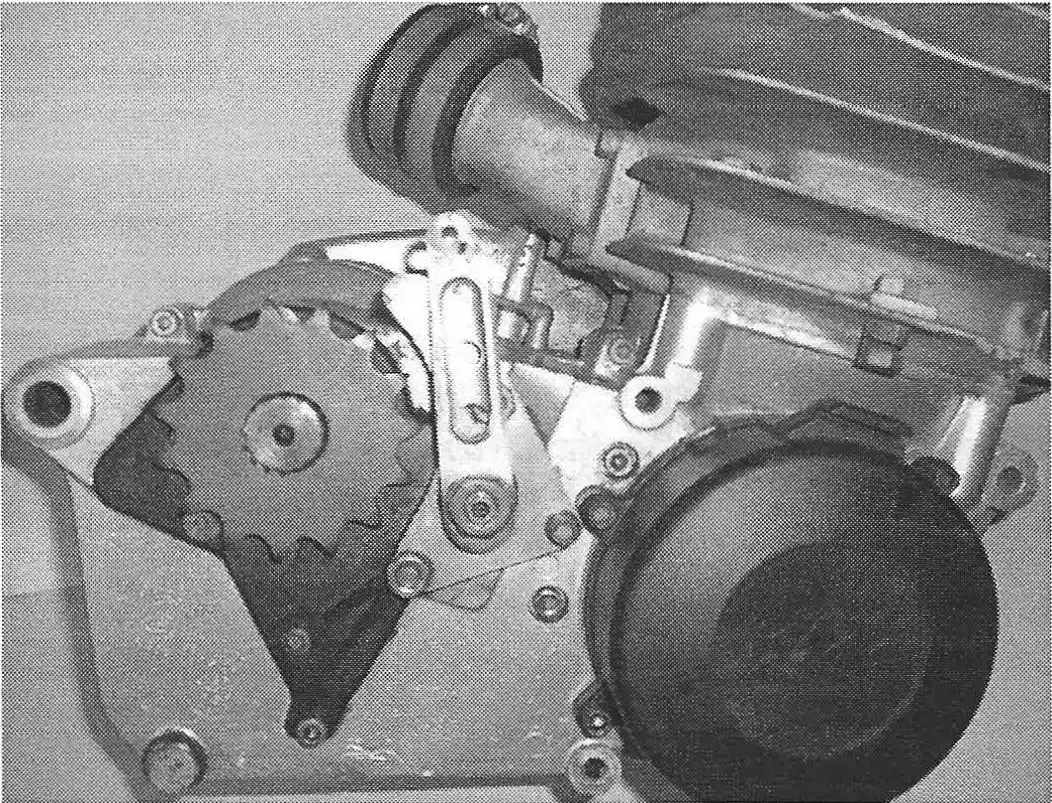
new style bearing plate, clutch actuating lever, and
plastic ignition cover.
The 420 (type 560) KTM engine was introduced for the 1979 model year. It was the replacement for the KTM 400 (type 550) engine which was available from 1973 thru the end of 1979. The 420 was a brand new, totally redesigned engine. This became the blueprint for KTM's line of 2 stroke big-bore, air cooled engines which lasted 5 years until 1984. What is interesting is that KTM did not incorporate a reed valve into this new design. All the Japanese manufacturers were using this technology in their production engines and KTM did not embrace it until 1982 when it was used only on the 495 (NOTE: KTM started using reeds on their 1981 line of 125's and then on the 250's in 1982). The new 420 with it's piston port design, (from information I received from people who rode these bikes) was a rider friendly engine with plenty of power and a smooth predictable power band.
In 1980 the 495 (type 563) engine was introduced. Even though this engine was only a piston port design, it became known as the fastest production 2-stroke when Rod Bush did a speed test of 123.75 miles per hour with one in 1981(Dirt Bike magazine June 1981). This engine was wicked and fast.
Also, in 1980 the new 350 (type 561) and 390 (type 562) engines were introduced.
In 1982 the engine parts books shows only the 390 and 495. The 420 was apparently replaced by the 390. What is interesting is that even though the 420 is not listed in the 1982 engine parts book it is identified in the 1982 thru 1984 spare parts (frame) books.
Here's what my research has turned up for differences in these engines:
MOTOR CASES - They are all the same except for the 1982 495 was given a different part number because of a small change to the top, back part where the cylinder bolts down. This area was thickened to allow 2 transfer channels to be machined into the lower crank area.
Since the cases are the same, the clutch case and center case gaskets are also the same with the exception of the 1982 495 center case gasket with it's added material to match the case change. The seals and O-rings are also the same.
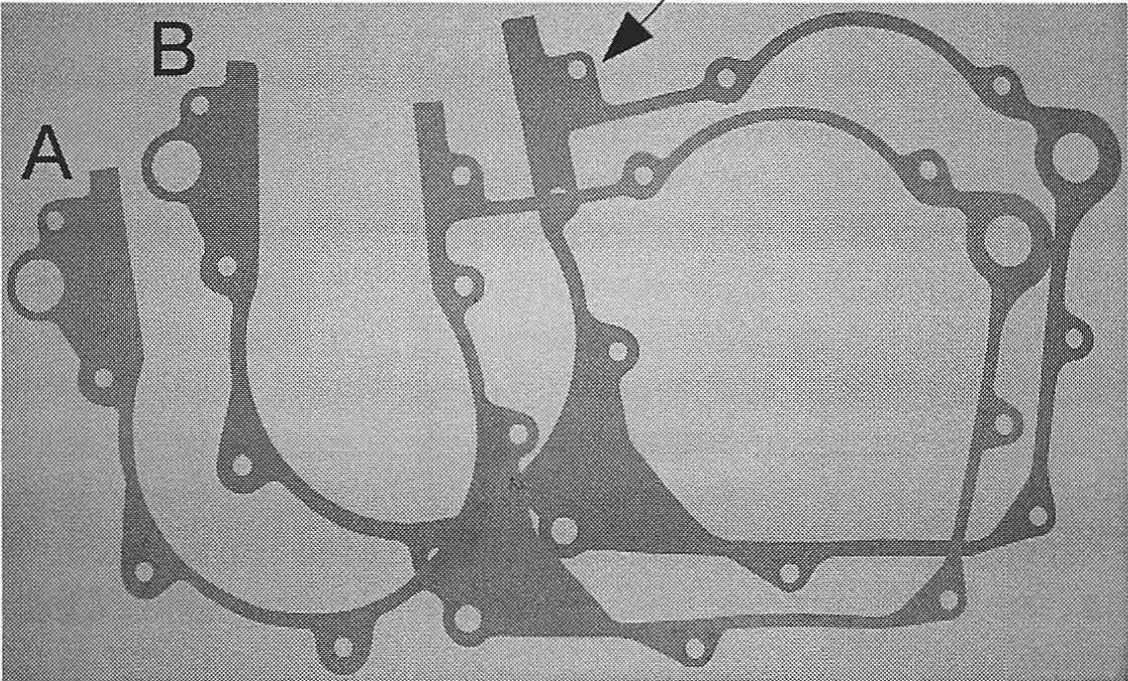
A - standard gasket
B - 1982 495 gasket with arrow pointing to change
INTAKE GASKETS - The 420 and 495 used the same intake gasket exept for the 82 495 which used the reed cage.
EXHAUST GASKETS - Only the 495, from 1980 thru 1984 used the same gasket. All the other models used a different size and were re-designed in 1980 and 1982.
BASE GASKETS - They are all the same except for the 1982 495 which was changed to match the cylinder redesigned with the reed valve. Base gaskets are of 4 thicknesses (0.2mm / 0.3mm / 0.5mm / & 1.0mm) to set the deck height of the cylinders.
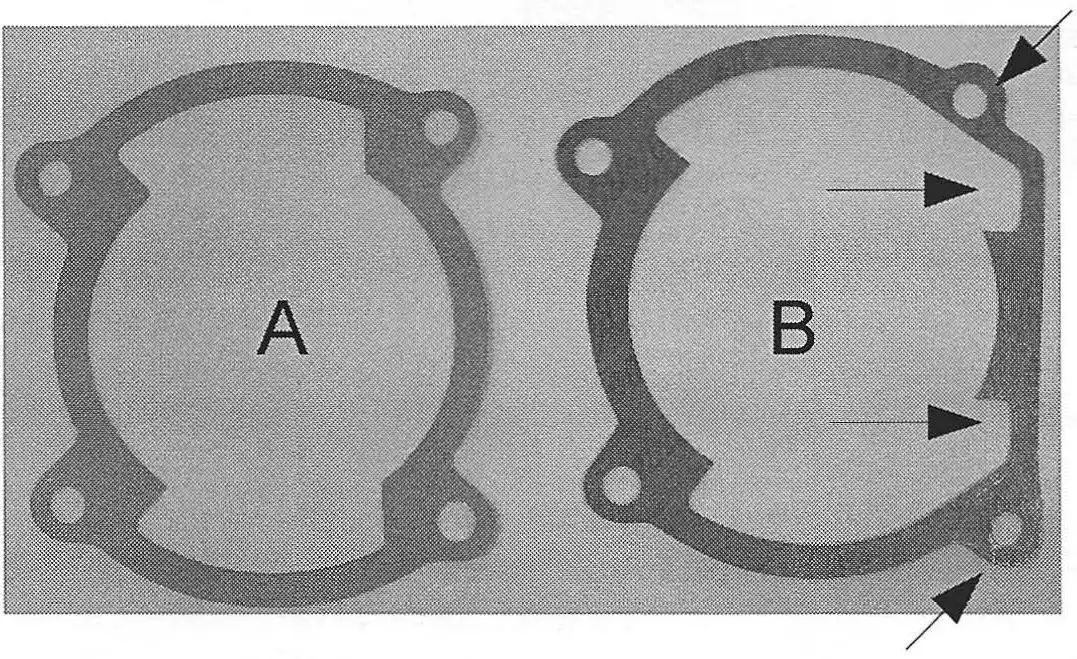
A - standard base gasket
B - 1982 495 base gasket, arrows showing changes
HEAD GASKETS - The 1979-80 420s used a round copper head gaskets (1 mm thick for the MC, a 2mm thick for the GS). The 350 used the old style 400 head gaskets. The 390 and 495 did not use head gaskets.
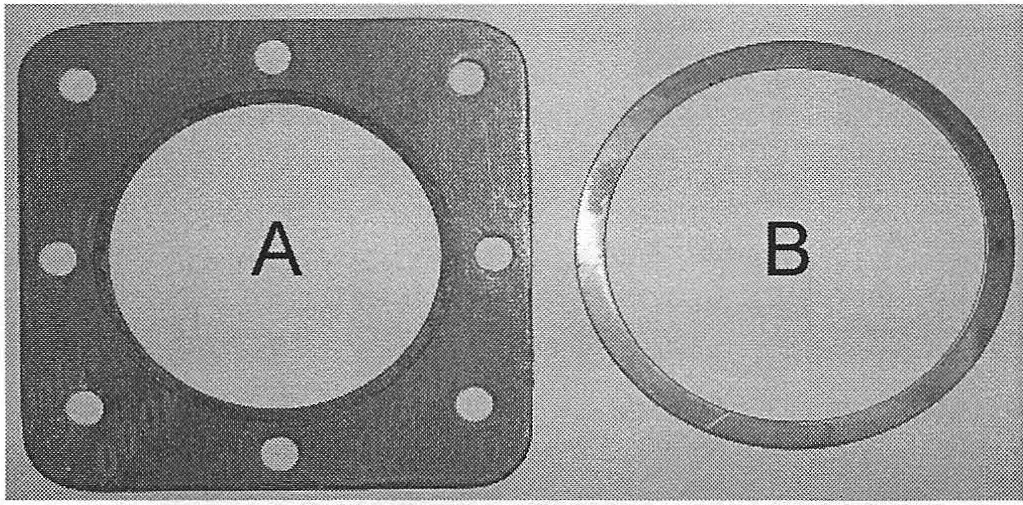
A - 350 head gasket
B - 1979-80 420 head gasket
CRANK ASSEMBLIES -All of these engines used the same crank assembly and used the M-30 crank bearings.
CLUTCH ASSEMBLIES - The 1979 and 1980 engines used the same clutch assemblies with a 81/21 tooth hub+ 29T pinion gear. In 1980 a 79/21 tooth hub+ 31T pinion gear was added which was used thru 1984.
COUNTERSHAFTS - the countershaft for 1979 thru 1984 are the same. They used the same gears except the 495 which in 1980 did not have a 1st gear, used a smaller diam. 2nd gear and a smaller (20T) 5th gear.
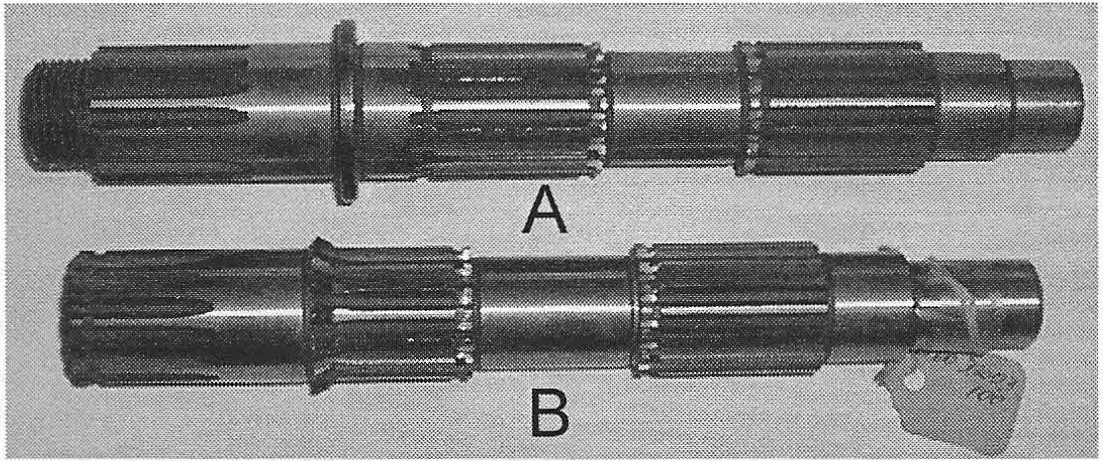
A - Old style countershaft used in 1972-79 KTM engines
B - Redesigned countershaf used in KTM 420/ 495 engines
MAINSHAFTS - The 1979 & 1980 420 (MC) used the same mainshaft. The 1980 420 (GS), 350, 390, & 495 used the same mainshaft. They all used the same gearing except the 495 which used a 16T 2nd gear. In 1982, the 390 and 420 mainshafts were identical, but redesigned from the previous years. The 390 and 495 (GS) used 5 speed gearing, the 495 (MC) used 4 speed gearing.

A - 1st generation mainshaft used in 1972-79 KTM engines
B - Redesigned mainshaft used in KTM 420/ 495 engines
BEARING PLATE - The bearing plate (clutch actuator) was redesigned for 1979 and made from plastic. In 1980 (thru 1984) it was modified by making it longer at the bottom, adding an extra fastener hole and changing the hole where the countershaft seal fits into, to prevent the seal being pushed too far in towards the engine. The bearing plate gasket in 1980 was also redesigned to fit to the changes made to the bearing plate.
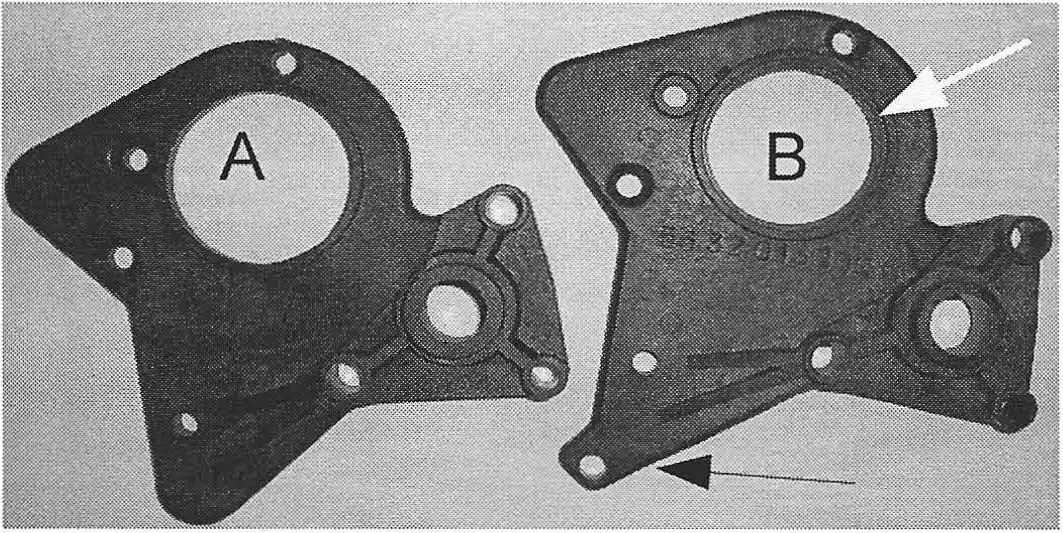
A - Bearing plate use on 1979 420 engines
B - Redesigned bearing plate, arrows showing changes


